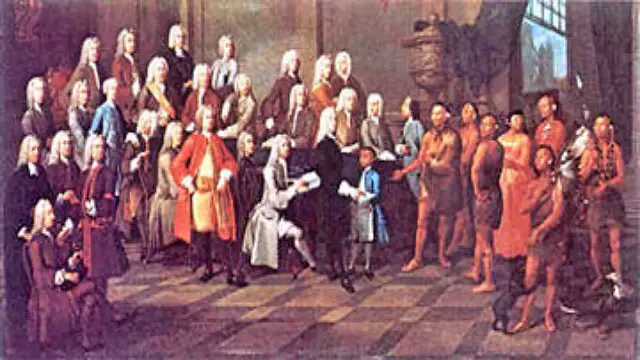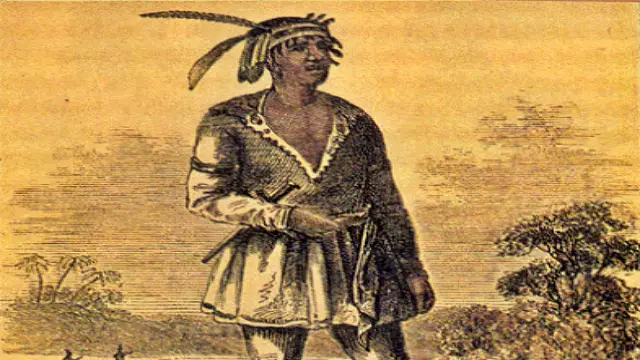While many people may recognize the name Piltdown Man, far fewer are familiar with the story of Nebraska Man. This fascinating tale intertwines with the evolution debate in early 20th-century America, particularly during the infamous Scopes “Monkey” Trial.
Key Points
Let’s delve into the origins of Nebraska Man, its implications for science, and how it ultimately became a cautionary tale in the field of paleontology.
Context of Nebraska Man
The story begins in the lead-up to the Scopes Trial, where William Jennings Bryan, a prominent anti-evolutionist, was given a platform in the New York Times on February 26, 1922. In his article, Bryan quoted from a speech by Professor W. Bateson, a skeptic of Darwinism, to bolster his arguments against evolution. In response, Professor Henry Fairfield Osborn, a respected paleontologist, was invited to present a counterargument. Osborn cleverly suggested that Bryan might benefit from studying the writings of St. Augustine and the Book of Job, hinting that a deeper understanding of science could lead to a more open-minded view of evolution.
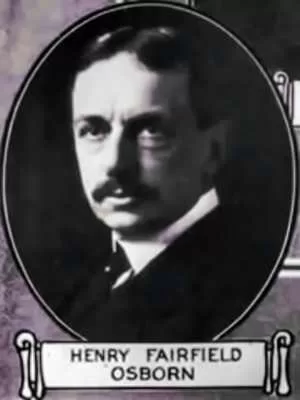
Just nine days later, Osborn received a fossil tooth from Harold J. Cook, a farmer and geologist from Snake Creek, Nebraska. Osborn identified this small, water-worn tooth as belonging to a previously unknown primate, which he named Hesperopithecus haroldcookii—meaning “Ape-man of the Western World.” This discovery was heralded as the first higher primate found in North America, and Osborn was eager to promote it.
Rise and Fall of Hesperopithecus
Initially, the scientific community received the tooth with a mix of excitement and skepticism. Notably, Arthur Smith Woodward, known for his involvement with Piltdown Man, suggested that the tooth might actually belong to an ancient bear. Despite this, Osborn published an article in Nature defending his identification, drawing parallels between the distribution of certain antelope species and the potential distribution of primates.
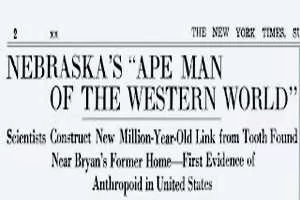
Osborn’s enthusiasm led him to create plaster casts of the tooth, which he distributed to universities worldwide. Fossil collectors flocked to the Snake Creek beds, hoping to uncover more specimens. However, the subsequent discoveries revealed that the tooth belonged not to a primate but to a species of extinct peccary, a type of pig. The so-called “Ape-man of the Western World” was, in fact, a pig!
Aftermath and Scientific Integrity
As the truth emerged, retractions and corrections followed, but Osborn never publicly acknowledged the error regarding Hesperopithecus. His silence on the matter was particularly striking, given his previous self-assuredness. Osborn was known for his pompous demeanor, often showcasing his numerous accolades and publications, which only added to the irony of his oversight.
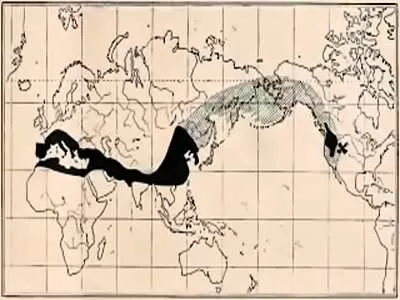
The Nebraska Man saga became a favorite among anti-Darwinists, who used it as “proof” of the fallibility of science. However, this misunderstanding of the scientific method is crucial. Science thrives on hypothesis testing, peer review, and the willingness to revise or reject claims based on new evidence. The Nebraska Man incident exemplifies how science operates: a find is made, hypotheses are proposed, and if the evidence does not support those hypotheses, they are discarded in favor of better explanations.
Conclusion
The story of Nebraska Man serves as a reminder of the complexities and challenges within the field of paleontology. While it may have been a misstep in the scientific community, it ultimately illustrates the self-correcting nature of science. As we continue to explore our understanding of evolution and human ancestry, it’s essential to recognize that science is an ongoing process, open to scrutiny and revision.
The Nebraska Man may have been a misidentified tooth, but it also paved the way for a deeper appreciation of the scientific method and the importance of evidence-based conclusions.




















